 Tourism
Tourism
Jumeirah Archaeological Site: Dubai's Hidden Ancient Wonder
In the gleaming metropolis of Dubai, where futuristic skyscrapers pierce the sky and luxury defines every corner, lies an extraordinary secret that few visitors ever discover. Hidden among the prestigious villas of Jumeirah, the Jumeirah Archaeological Site stands as a testament to Dubai's ancient past, offering travelers a rare glimpse into life from over a thousand years ago. This remarkable archaeological site jumeirah dubai represents one of the UAE's most significant historical discoveries, challenging everything we thought we knew about the region's early Islamic period.
Imagine walking through the ruins of a bustling 10th-century trading post, where merchants from Persia, Oman, India, and beyond once conducted business along the ancient caravan routes. The jumeirah archaeological site offers exactly this experience, providing an authentic journey through time that contrasts dramatically with Dubai's reputation as a purely modern destination. For history enthusiasts, cultural explorers, and curious travelers seeking something beyond the typical Dubai experience, this site offers an invaluable window into the Abbasid period and the deep roots of Arabian civilization.
Unveiling the Ancient Past: The Rich History of Jumeirah Archaeological Site
The story of the Jumeirah Archaeological Site begins not with its discovery in 1969, but with its original inhabitants who lived here during the Abbasid Caliphate in the 10th century CE. Archaeological excavations at the site, which was discovered in 1969, demonstrate that the area was inhabited as far back as the Abbasid era, approximately in the 10th century CE. This makes it one of the oldest continuously inhabited sites in the UAE, predating many of the region's other historical landmarks by centuries.
The Discovery That Changed Dubai's History
When archaeologists first began excavating the site in 1969, they uncovered evidence that completely transformed our understanding of Dubai's ancient past. The site revealed a sophisticated settlement that served as a crucial stopping point along the maritime trade routes connecting the Indian Ocean to the Arabian Gulf, and the overland caravan routes linking India and China to Oman and Iraq.
The archaeological site jumeirah dubai represents the oldest early Islamic settlement discovered in the UAE, dating back to the 9th to 11th centuries during the Abbasid period. Measuring about 80,000 m2 (860,000 sq ft), the site lays along a caravan route linking India and China to Oman and Iraq. This strategic location explains the wealth and sophistication evident in the archaeological remains, as the settlement served as a vital commercial hub where diverse cultures and trading traditions intersected.
What makes this site particularly remarkable is its completeness. Unlike many archaeological sites where only fragments remain, the jumeirah archaeological site دبي preserves an entire ancient community layout. The excavations have revealed eight distinct structures that formed the backbone of this medieval settlement, including residential houses, a mosque, a bustling marketplace, and perhaps most intriguingly, a caravanserai - an ancient type of inn that provided lodging for traveling merchants and their caravans.
Architectural Marvels: What You'll Discover at the Site
Walking through the Jumeirah Archaeological Site today feels like stepping through a portal into medieval Arabia. The excavated ruins reveal a remarkably well-planned settlement that showcases the sophisticated urban planning and architectural techniques of the Abbasid period. Each structure tells its own story, contributing to a comprehensive picture of how life unfolded in this ancient trading community.
The Residential Quarter: Homes of Ancient Merchants
The residential buildings at the archaeological site jumeirah dubai represent some of the finest examples of early Islamic domestic architecture found in the UAE. These weren't simple dwellings but substantial homes that reflect the prosperity of their inhabitants. The residential building on the site has columns and geometric stucco details on the facades, demonstrating the artistic sophistication and attention to aesthetic detail that characterized Abbasid architecture.
The houses were constructed using a combination of local materials and imported elements, indicating the wealth and international connections of their owners. The foundations reveal the use of farush, a local beach rock that provided excellent stability in the sandy coastal environment. The architectural style shows clear influences from both local Arabian traditions and broader Islamic architectural movements, creating a unique synthesis that was distinctly representative of this region during the medieval period.
The Ancient Mosque: Center of Spiritual Life
Perhaps the most significant structure at the jumeirah archaeological site is the remains of the 1000-year-old mosque, which served as the spiritual heart of the ancient community. The mosque's layout follows traditional early Islamic architectural principles, with its mihrab (prayer niche) oriented toward Mecca and its open courtyard design facilitating community gatherings for both religious and social purposes.
The mosque ruins provide invaluable insights into the religious practices and community life of medieval Dubai. The structure's size and architectural sophistication suggest that this wasn't merely a local place of worship but potentially a regional religious center that attracted visitors from surrounding settlements. The preservation of decorative elements, including geometric patterns and calligraphic fragments, offers a glimpse into the artistic traditions that flourished in this ancient community.
The Marketplace: Hub of International Commerce
The commercial heart of the settlement was its bustling marketplace, where traders from across the medieval world conducted business. The market ruins consist of seven shops and a store, while the remaining parts are yet to be found. These excavated shop foundations reveal a sophisticated commercial infrastructure that facilitated trade in everything from precious spices and textiles to pottery and metalwork.
The marketplace's strategic location within the settlement demonstrates the central role that commerce played in the community's daily life. Archaeological evidence suggests that the market operated as part of a larger trading network that connected the Indian Ocean maritime routes with overland caravan paths, making this site a crucial junction point for international trade during the medieval period.
The Caravanserai: Ancient Hotel for Traveling Merchants
One of the most fascinating discoveries at the archaeological site jumeirah dubai is the remains of a caravanserai, which functioned as an ancient hotel and trading post for traveling merchants. Stop by the new Jumeirah Archaeological Site visitors' center to view finds from the dig, including carnelian beads, glazed jars, and silver coins, before hopping on a guided buggy tour through the remains of a market, mosque, and even the city's first "hotel" — a thousand-year-old caravanserai for traders from Oman, Persia, and beyond.
The caravanserai represents a remarkable example of medieval hospitality infrastructure, designed to accommodate both merchants and their animals during long trading journeys. The structure's layout includes courtyards for animals, storage areas for goods, and sleeping quarters for travelers, all arranged around a central courtyard that facilitated social interaction and business negotiations.
Archaeological Treasures: Artifacts That Tell a Story
The true magic of the Jumeirah Archaeological Site lies not just in its architectural remains but in the thousands of artifacts that have been carefully excavated and preserved. These objects provide intimate details about the daily lives, commercial activities, and cultural practices of the site's ancient inhabitants.
Remarkable Discoveries Include:
- Glazed Pottery Jars and Plateware: Exquisite ceramic vessels that demonstrate both local craftsmanship and international trade connections
- Bronze and Silver Coins: Currency from various medieval kingdoms, proving the site's role in international commerce
- Carnelian Beads and Gold Ornaments: Luxury items that indicate the wealth and sophisticated tastes of the inhabitants
- Glass and Stone Artifacts: Everyday objects that reveal details about domestic life and cooking practices
- Decorative Architectural Elements: Carved stone pieces and stucco fragments showing geometric patterns and calligraphy
- Tools and Implements: Bronze and iron tools that demonstrate the technological capabilities of the medieval settlement
Perhaps most intriguingly, different ancient items including architectural and decorative findings, ranging from a mosque, caravanserai, and residential houses to glazed pottery jars and plateware, bronze coins, glass and stone artefacts have been discovered throughout the site. These artifacts collectively paint a picture of a prosperous, cosmopolitan community that maintained extensive trade relationships across the medieval Islamic world.
The pottery collection is particularly significant, featuring pieces that originated from Persia, Iraq, and other distant lands. These imported ceramics demonstrate the site's connection to major trade networks and suggest that the inhabitants had access to luxury goods from across the known world. The quality and variety of these artifacts indicate that this wasn't merely a remote outpost but a thriving center of commercial and cultural exchange.
The Mystery of Water
One of the most intriguing puzzles at the Jumeirah Archaeological Site concerns how the ancient inhabitants obtained fresh water. Archaeologists are still scratching their heads over where the inhabitants obtained fresh water: no evidence of wells or springs has ever been found. This ongoing mystery adds an element of intrigue to any visit and demonstrates that even well-excavated sites can hold secrets waiting to be discovered.
Planning Your Visit: A Comprehensive Guide
Visiting the Jumeirah Archaeological Site offers a refreshingly authentic and peaceful experience compared to Dubai's more famous attractions. The site's location in the heart of Jumeirah makes it easily accessible, while its relatively low profile ensures that you can explore these ancient ruins without the crowds that characterize many other Dubai destinations.
Location and Access
The archaeological site jumeirah dubai is strategically located in Jumeirah 2, positioned between Al Wasl Road and the prestigious residential areas that define this affluent neighborhood. The Jumeirah Archaeological site is situated between Jumeirah 2 and Al Wasl Road and is a stunning window into Dubai's cultural heritage. This central location makes it easily accessible by various transportation methods and allows visitors to combine their historical exploration with visits to nearby attractions.
The site is approximately 10 minutes by car from central Dubai and is well-connected by public transportation. Visitors can reach the site via Dubai Metro (Business Bay station is the closest), bus routes, or taxi services. For those driving, parking is available near the visitor center, though spaces can be limited during peak times.
Visitor Information and Facilities
One of the most appealing aspects of the jumeirah archaeological site is that Entrance to the site is free, making it an accessible cultural experience for all visitors. The site features a modern visitor center at the entrance, where knowledgeable staff provide information about the archaeological discoveries and can answer questions about the site's history and significance.
The visitor center houses a collection of artifacts discovered during excavations, providing context for what you'll see as you explore the ruins. A visitor's centre is located at the entrance of the Jumeirah Archaeological Site with staff who are happy to answer any questions that history buffs have or offer guidance to the unsuspecting tourist who stumbles upon this location. Information boards throughout the site offer detailed explanations in multiple languages, making the experience educational and engaging for international visitors.
Best Times to Visit
The optimal time to visit the Jumeirah Archaeological Site depends on your preferences for weather and crowd levels. Dubai's climate significantly impacts the outdoor exploration experience, making timing an important consideration for your visit.
The cooler months from November through March offer the most comfortable conditions for exploring the outdoor ruins. During this period, temperatures range from 20-30°C (68-86°F), making it pleasant to spend extended time walking through the archaeological remains. The winter months also coincide with Dubai's peak tourist season, so while the weather is ideal, you may encounter more visitors.
For those willing to brave slightly warmer temperatures, the shoulder seasons of October and April can offer excellent visiting conditions with fewer crowds. However, it's important to note that Visit to Jumeirah Archaeological Site (closed on Saturday and Sunday), so plan your visit accordingly for weekdays.
What to Bring and Wear
Exploring the archaeological site jumeirah dubai requires some preparation to ensure a comfortable and respectful visit. Comfortable walking shoes are essential, as you'll be walking over uneven terrain and archaeological foundations. The site offers limited shade, so sun protection including hats, sunglasses, and sunscreen is crucial, especially during the warmer months.
Since this is a cultural and religious site, modest dress is required and appreciated. Visitors should ensure that shoulders and knees are covered, and clothing should be respectful of the site's historical and cultural significance. Bringing a water bottle is recommended, particularly during warmer months, though the nearby Arabian Tea House provides refreshment options.
The Arabian Tea House Experience
No visit to the Jumeirah Archaeological Site would be complete without experiencing the Arabian Tea House, an authentic restaurant located adjacent to the archaeological ruins. If you'd like to cool off at The Arabian Tea House after your visit, make sure to book an outdoor table ahead as they are in demand! This charming establishment provides the perfect complement to your historical exploration, offering traditional Emirati cuisine in a setting that bridges the ancient and modern worlds.
The Arabian Tea House serves as more than just a restaurant; it's a cultural experience that enhances your understanding of Emirati traditions and hospitality. The Arabian Tea House in this archaeological site offers an authentic glimpse into Dubai's past. Tourists and locals visit the tea house to explore the city's cultural heritage and indulge in its diverse menu. It offers halal food and traditional Arabic tea.
The menu features traditional Arabic dishes, freshly brewed teas, and regional specialties that provide insight into the culinary traditions that have sustained this region for centuries. The restaurant's outdoor seating areas offer views of the archaeological site, allowing diners to continue contemplating the historical significance of their surroundings while enjoying authentic flavors that connect them to the cultural heritage of the UAE.
Educational Value and Cultural Significance
The Jumeirah Archaeological Site serves as far more than a tourist attraction; it functions as a crucial educational resource that challenges common misconceptions about the Arabian Peninsula's historical development. The Jumeirah Archaeological Site in Dubai offers valuable insights into the Arabian Peninsula's pre-existing history. The site is a popular destination for archaeologists, researchers, and historians due to its chronological events.
For students, researchers, and curious visitors, the site provides tangible evidence of the sophisticated urban planning, international trade networks, and cultural achievements that characterized medieval Arabian society. The archaeological evidence demonstrates that Dubai's current status as a global commercial hub has deep historical precedents, with the area serving as a crucial trading center for over a millennium.
Connecting Past and Present
One of the most fascinating aspects of visiting the archaeological site jumeirah dubai is observing how it relates to modern Dubai's development. The ancient trade routes that made this settlement prosperous follow similar patterns to today's international business connections. The site's location along maritime and overland trade networks mirrors Dubai's current position as a global logistics and commercial hub.
The architectural principles evident in the ancient buildings - including climate-responsive design, efficient use of space, and community-centered planning - offer insights that remain relevant to contemporary urban development. The site demonstrates that Dubai's remarkable growth in recent decades builds upon foundations of commercial expertise and international connectivity that stretch back over a thousand years.
Research and Ongoing Discoveries
The jumeirah archaeological site continues to yield new discoveries and insights as archaeological techniques advance and research continues. It is owned and managed by Dubai Culture & Arts Authority, ensuring that the site receives professional care and that new findings are properly studied and preserved for future generations.
Ongoing research at the site focuses on understanding the daily lives of its ancient inhabitants, their trading relationships, and their connections to broader medieval Islamic civilization. Recent studies have employed advanced techniques including ground-penetrating radar and digital mapping to identify potential new areas for excavation and to better understand the site's complete layout.
Nearby Attractions and Complementary Experiences
The strategic location of the Jumeirah Archaeological Site makes it easy to combine your historical exploration with visits to other significant Dubai attractions. The site's position in Jumeirah puts you within easy reach of some of Dubai's most iconic destinations, allowing you to create a well-rounded Dubai experience that balances historical discovery with contemporary attractions.
Just a short distance away, you'll find Jumeirah Mosque, one of Dubai's most beautiful religious buildings and the only mosque in the city that welcomes non-Muslim visitors for guided tours. The mosque's stunning architecture provides an excellent complement to the ancient Islamic architectural elements you'll observe at the archaeological site.
The nearby Dubai Mall offers a dramatic contrast to the ancient trading marketplace ruins, showcasing how commercial centers have evolved over the centuries. The juxtaposition between the medieval marketplace foundations and one of the world's largest modern shopping centers provides fascinating insights into the continuity of trade and commerce in this region.
Jumeirah Beach, one of Dubai's most popular coastal destinations, lies just minutes from the archaeological site. After exploring the ancient ruins, visitors can relax on the pristine sandy beaches that may have served as landing points for the medieval trading vessels that brought prosperity to the archaeological settlement.
Photography and Documentation Tips
The archaeological site jumeirah dubai offers excellent photography opportunities for visitors interested in documenting their historical exploration. The contrast between the ancient stone foundations and Dubai's modern skyline visible in the distance creates compelling visual narratives that capture the city's unique character.
Early morning and late afternoon visits provide the best lighting conditions for photography, with the warm light enhancing the textures of the ancient stone work and creating dramatic shadows that emphasize the architectural details. The site's open layout allows for wide-angle shots that capture the scope of the ancient settlement, while close-up photography can highlight the intricate details of carved elements and archaeological finds.
When photographing at the site, visitors should be respectful of the archaeological remains and follow any posted guidelines about access to sensitive areas. The visitor center staff can provide information about the best vantage points for photography and any restrictions that may apply to ensure the preservation of the site for future generations.
Educational Programs and Group Visits
The Jumeirah Archaeological Site serves as an important educational resource for schools, universities, and cultural organizations throughout the UAE and beyond. The site's significance as the oldest early Islamic settlement in the country makes it an invaluable teaching tool for understanding medieval Arabian history, Islamic civilization, and archaeological methodology.
Educational groups can arrange specialized visits that include guided tours led by knowledgeable staff who can tailor their presentations to different age groups and academic levels. These programs often include hands-on activities that help students understand archaeological techniques and the process of historical interpretation.
The site's educational value extends beyond formal academic settings, offering families and informal learning groups opportunities to engage with history in an immediate and tangible way. The combination of architectural remains, artifact displays, and informational materials creates multiple learning opportunities that accommodate different learning styles and interests.
Conservation Efforts and Future Development
The preservation and presentation of the jumeirah archaeological site represents an ongoing commitment to protecting the UAE's cultural heritage while making it accessible to visitors and researchers. The Dubai Culture & Arts Authority continues to invest in conservation efforts that ensure the site's long-term preservation while enhancing the visitor experience.
Recent developments have included improvements to the visitor center, enhanced informational displays, and the implementation of new technologies that help visitors understand the site's significance. These efforts balance the need to protect the archaeological remains with the goal of making the site's history accessible and engaging for contemporary audiences.
Future plans for the site may include expanded excavation in areas that have not yet been fully explored, the development of additional interpretive materials, and the integration of digital technologies that can help visitors visualize how the ancient settlement would have appeared during its heyday. These developments will continue to enhance the site's value as both a research resource and a cultural destination.
Experience Dubai's Ancient Heritage Today
The Jumeirah Archaeological Site offers a unique opportunity to step beyond Dubai's modern facade and connect with the deep historical roots that have shaped this remarkable region. Whether you're a history enthusiast, a cultural explorer, or simply a curious traveler seeking authentic experiences, this ancient site provides insights and perspectives that will enrich your understanding of the UAE's heritage.
Have you visited the Jumeirah Archaeological Site? Share your experience and discoveries in the comments below! Your insights and observations can help other travelers appreciate the historical treasures that await in this remarkable archaeological destination.
In a city renowned for pushing the boundaries of the future, the archaeological site jumeirah dubai reminds us that Dubai's story began long before the first skyscraper rose from the desert. This ancient settlement stands as testament to the enduring human desire to trade, build, and create communities that transcend cultural and geographical boundaries. As you walk through these thousand-year-old ruins, you're not just observing history – you're connecting with the continuous thread of human ambition and achievement that links Dubai's medieval merchants to its modern entrepreneurs.
Your visit to the jumeirah archaeological site دبي will leave you with a deeper appreciation for the complex layers of culture, commerce, and community that have shaped the UAE. In a region often viewed solely through the lens of contemporary development, this archaeological treasure offers the rare gift of historical perspective, reminding us that some of humanity's most enduring achievements are measured not in years but in millennia.

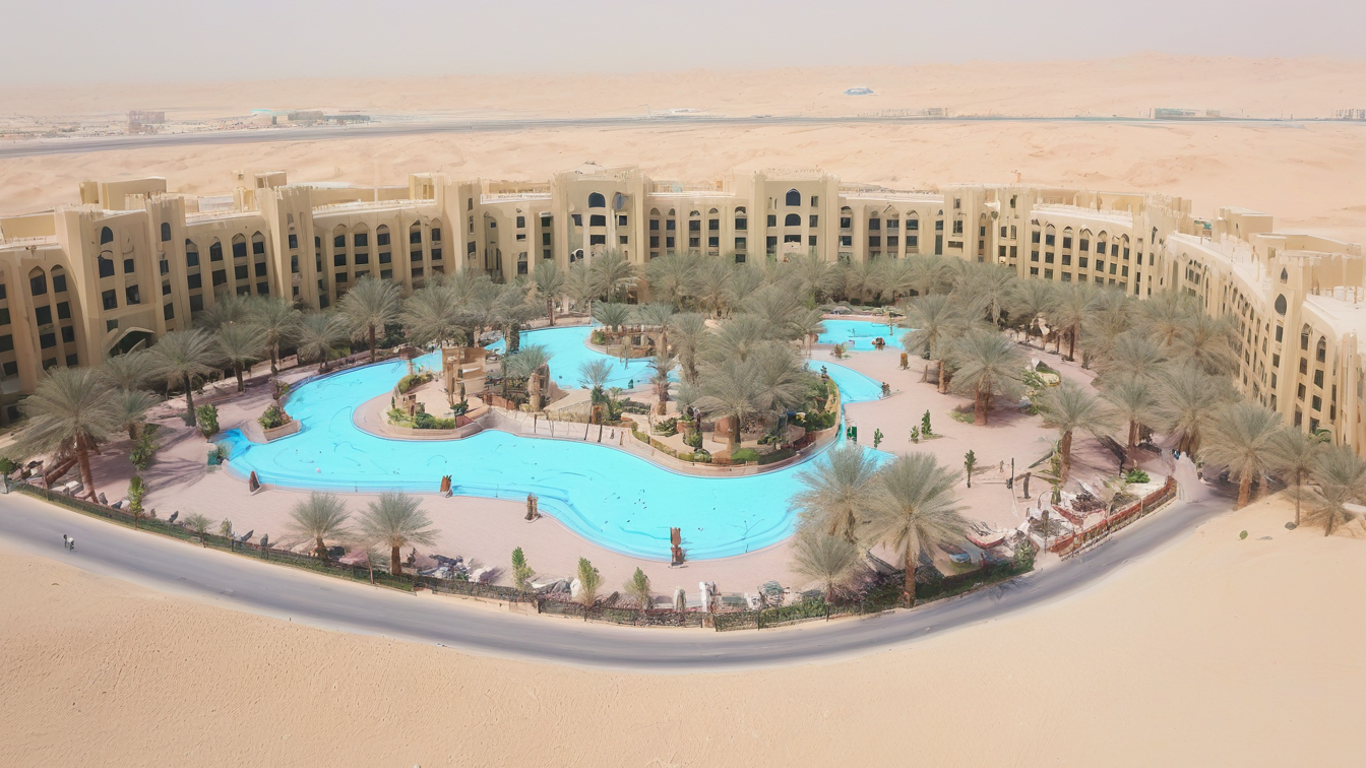
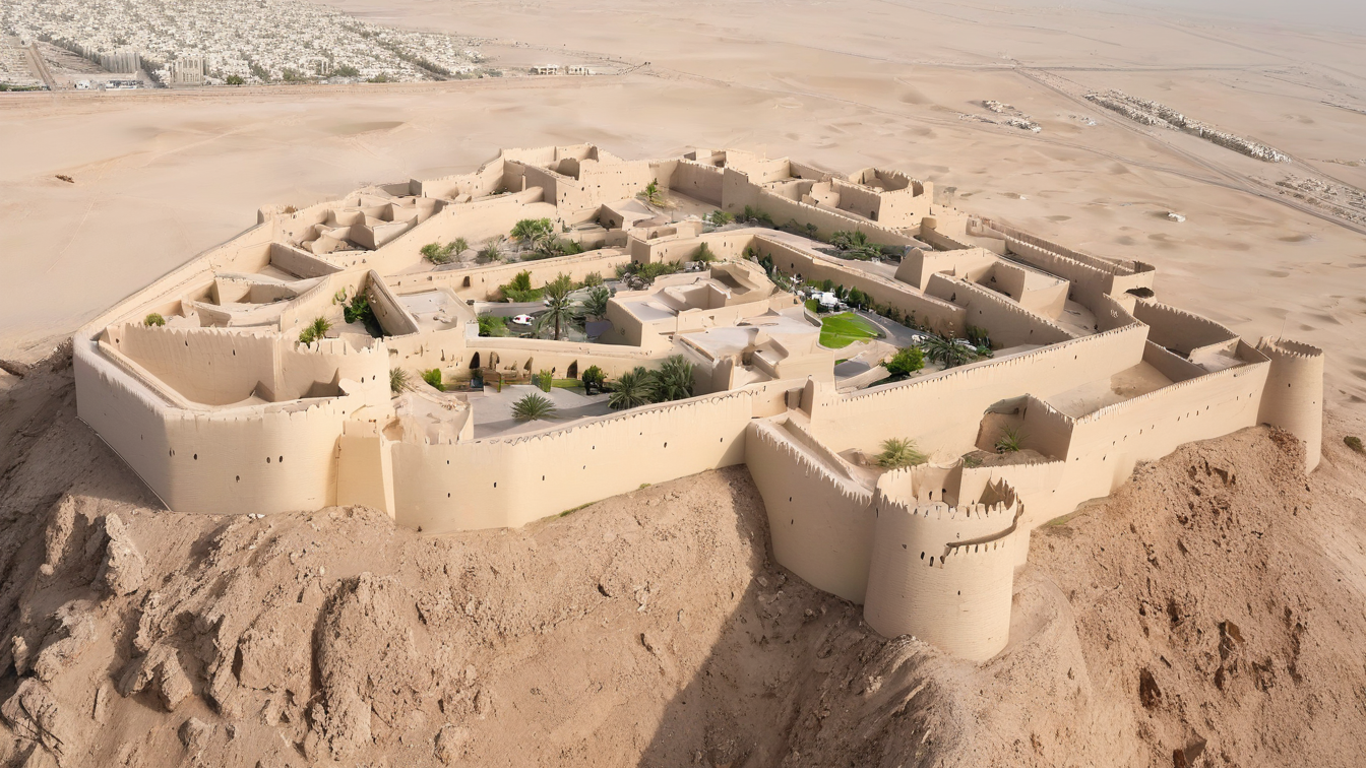
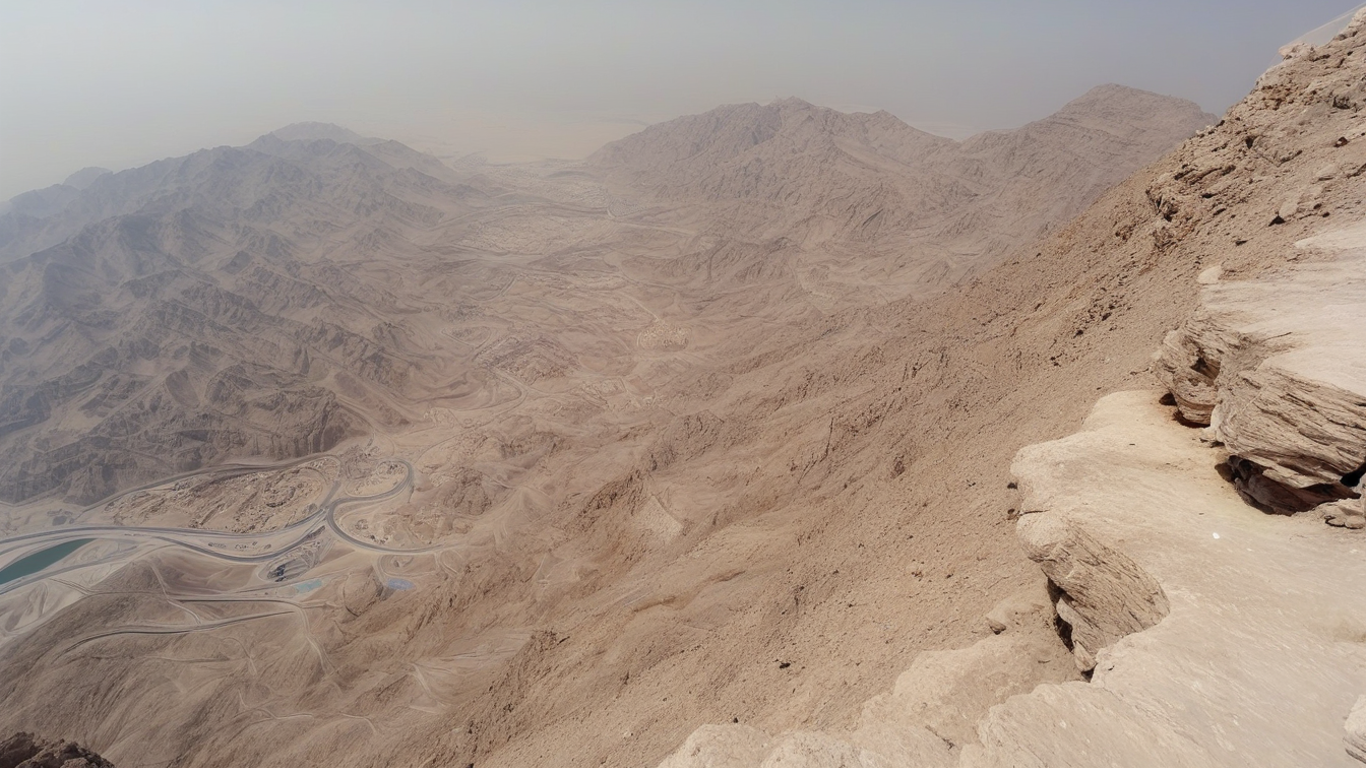
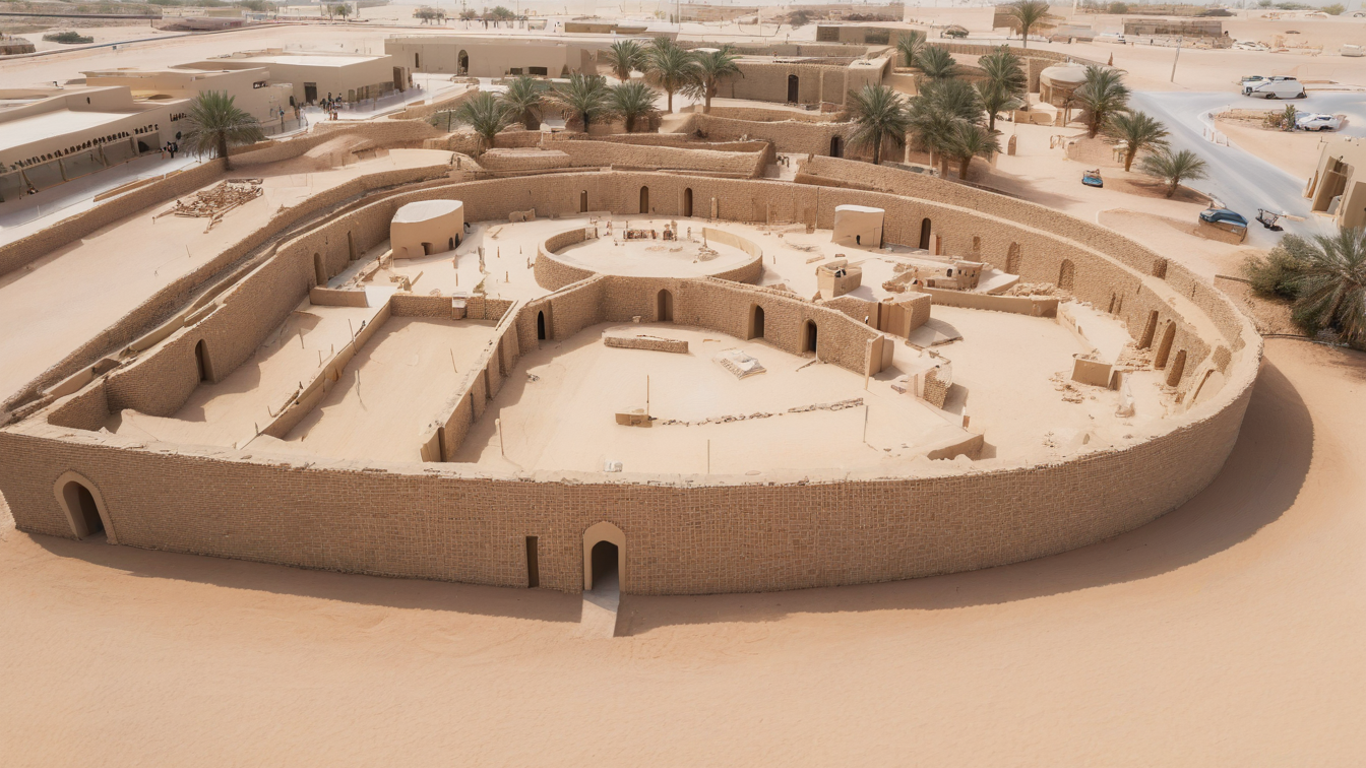
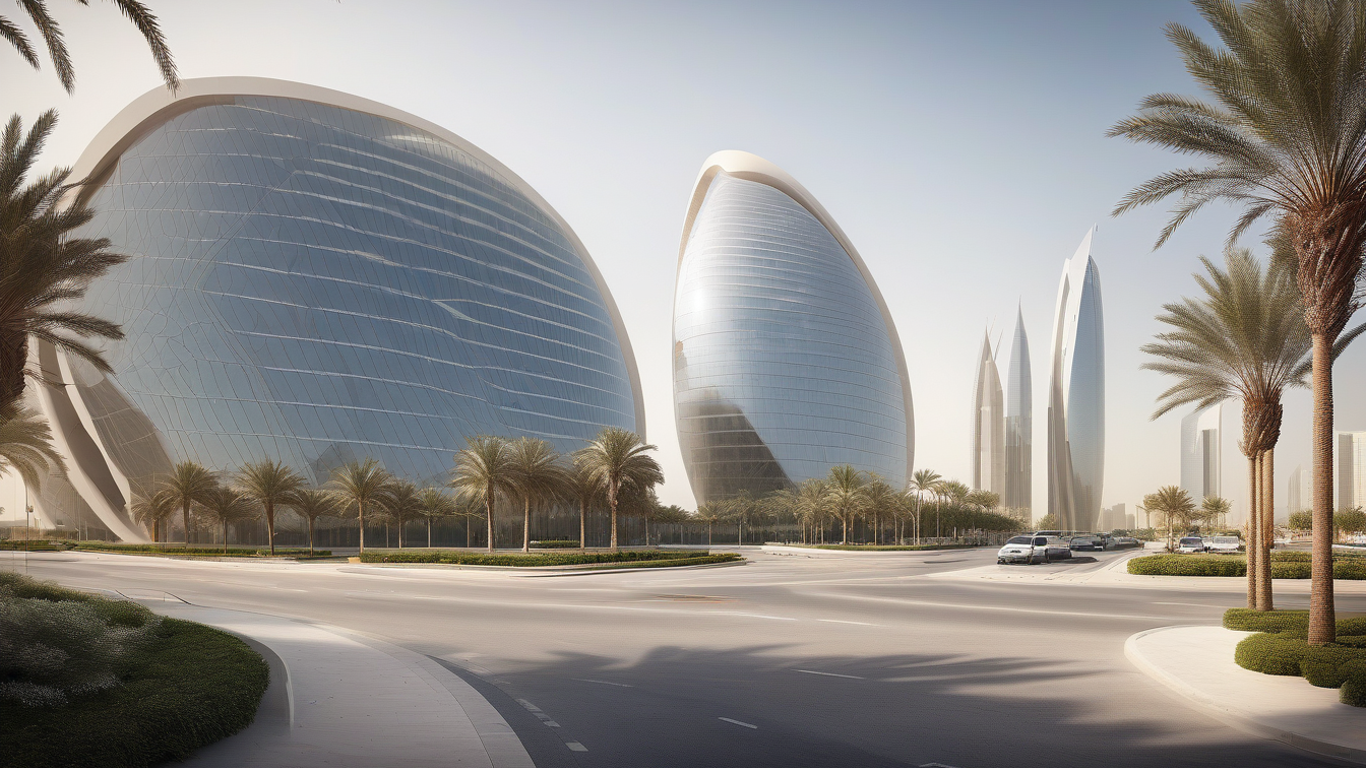
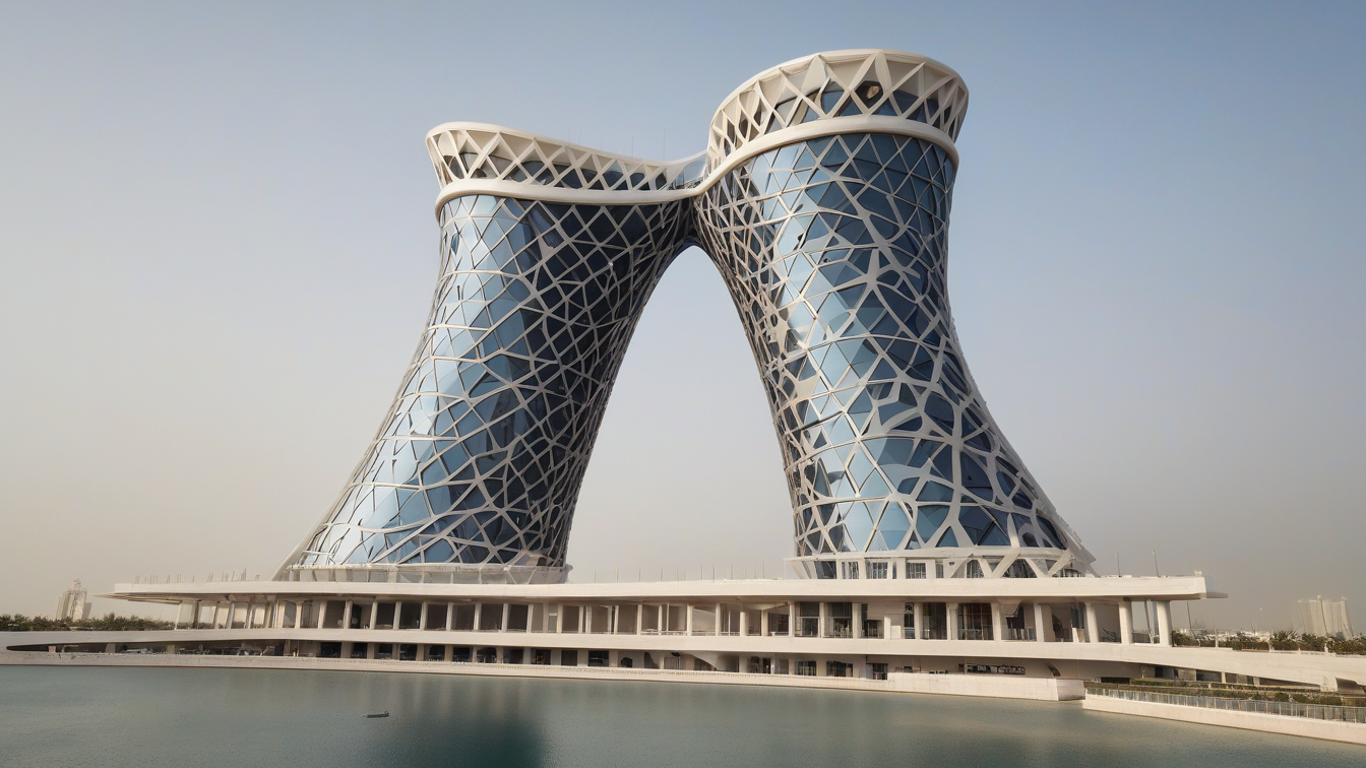
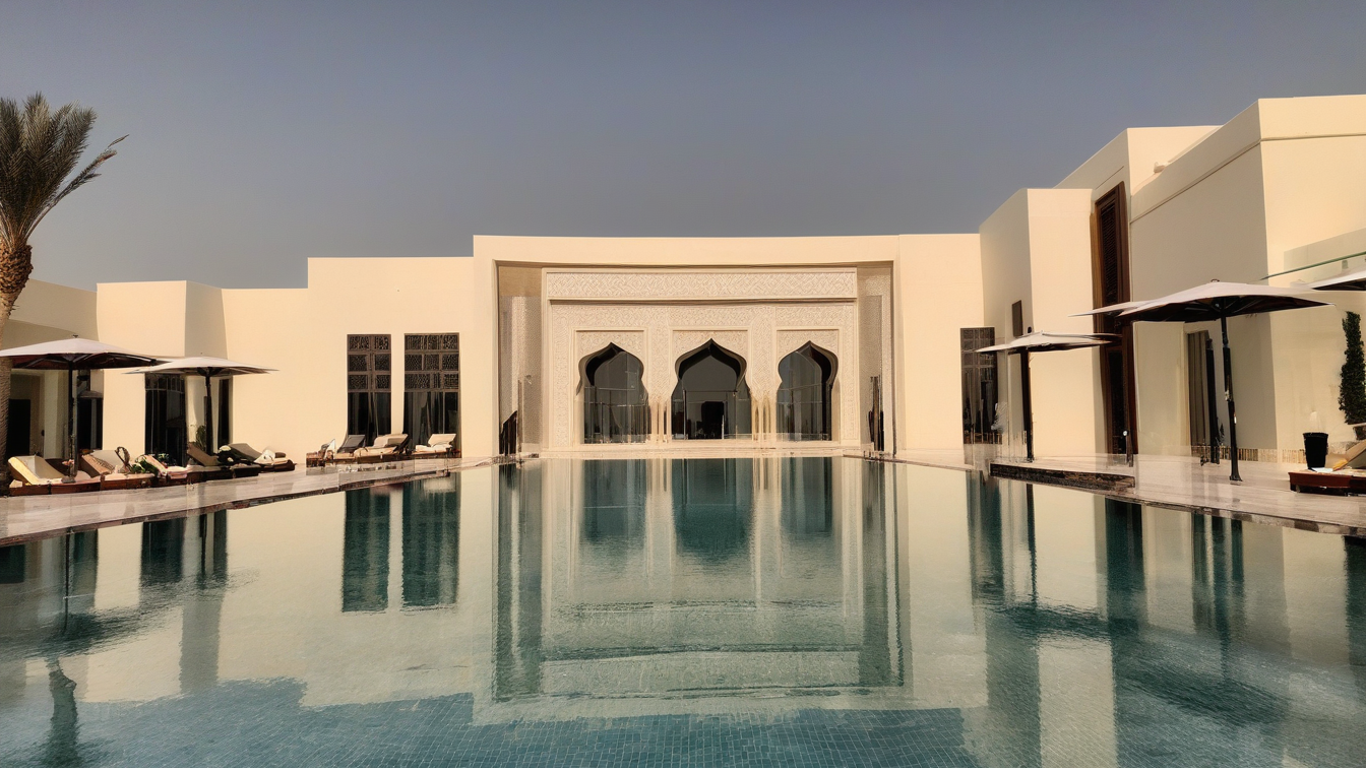

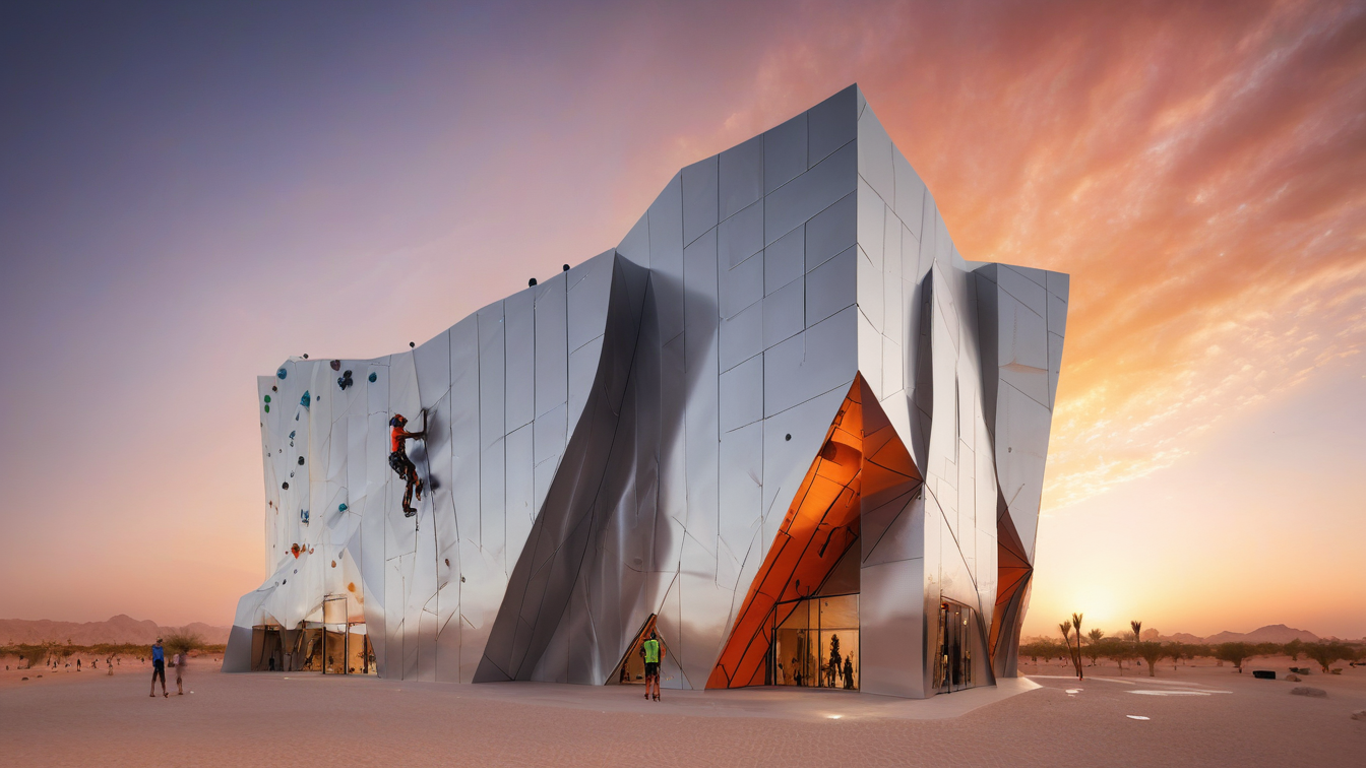



Comments (0)
{{ obj.comment_user_info.fullname }}
{{ obj.date_formatted }}{{ expandedComments[index] ? obj.comment : obj.comment.slice(0, 50) + (obj.comment.length > 50 ? '...' : '') }}
Add Comments
Login to comment